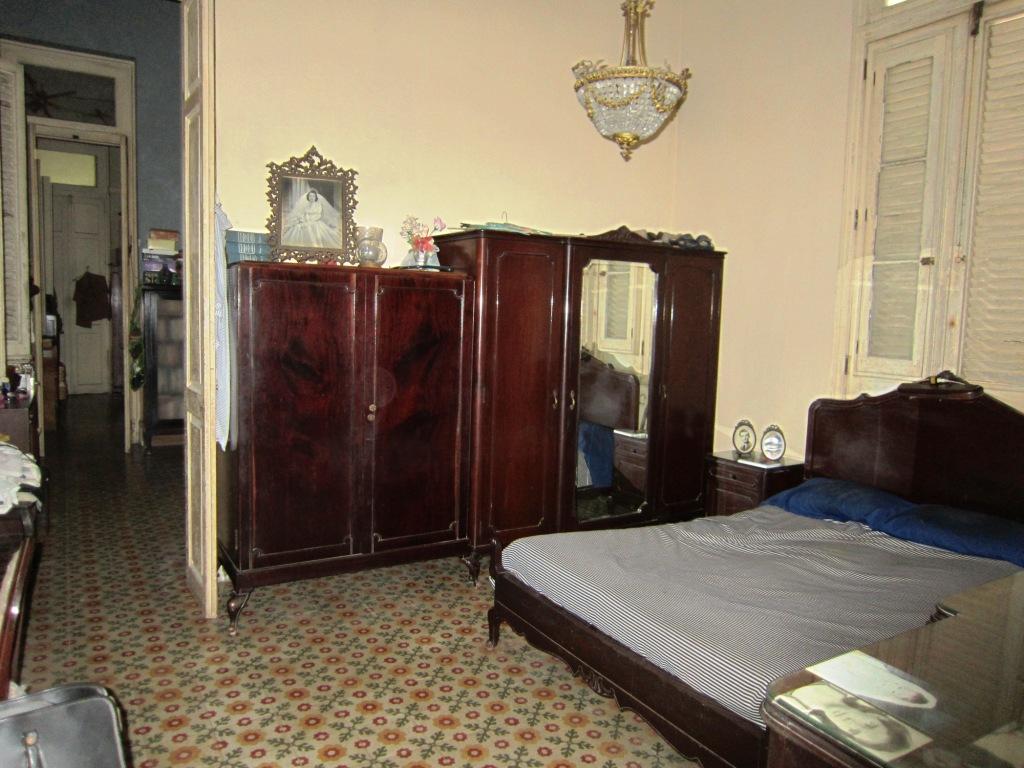Throughout the last fifity-some years, Cubans have inhabited a pre-revolutionary material world: the modern flats, eclectic mansions, or simple huts in which most people lived; the wood, rattan, upholstery, or iron furniture in which they sat and slept; and the kitchen utensils—blenders, knives, containers, glasses—with which many people cooked were all acquired in the pre-socialist era. When my daughter revisited her great grandparents’ home in Havana after three years abroad, the vintage objects that filled its domestic interior made a critical impression on her. During my childhood there in the 1980s, some details already seemed outdated; but to my New Jerseyan daughter in 2009, the whole house and everything in it had the look of an antique shop, its wares frozen since the mid-twentieth century. As I was growing up, our home was furnished with 1950s furniture and a very cute and small 1958 refrigerator, and my mother’s jewels, bags, and even the bottle of lubricating oil she poured in her North American Singer sewing machine belonged to this period. I refashioned old clothes to fit in with the glitzy 1980s, and wore my mother’s First Communion dress and one of her old shawls to impersonate a queen at a school play.
The Sovietization of the country added yet another flavorful layer to Cuba’s aesthetic ajiaco or melting pot. Pre-fabricated housing projects based on Yugoslavian and Canadian techniques, sturdy Soviet domestic appliances, Soviet automobiles and Hungarian buses, polyester textiles, Bulgarian preserves, and Eastern German plastics were superimposed to the landscape. Large-scale projects like Lenin Park and the Convention Center in Havana paid homage to local traditions, while a national system of school uniforms and patriotic blue or red pañoletas that identified the school-age pioneros recalled socialist uniformity. The distinctive aesthetic and out-of-proportion magnitude of the new projects arguably misled Cubans and visitors into underplaying the material culture of the pre-socialist past—de antes (“from before”), as people used to refer to it. Indeed, today it seems impossible to remember everyday life in revolutionary Cuba without pre-revolutionary furnishings, appliances, automobiles, and even clothing that individuals conserved, repaired, and traded while also embracing the promise of Communist modernity.
During the 1950s, Cubans bought more televisions and telephones than the entire population of Costa Rica, Guatemala, Puerto Rico, Panama, Nicaragua, and the Dominican Republic combined.
In her book Back from the Future: Cuba under Castro (1994), sociologist Susan Eckstein noted the considerable increase in the distribution of domestic appliances during the late 1970s, when “for every hundred homes with electricity, the percentage with television sets…rose from 33 to 74, with refrigerators from 15 to 38 percent, with washing machines from 6 to 34 percent, and with radios from 42 to 105 percent.” Yet this state-sponsored distribution of goods did not eclipse the ubiquity of North American appliances that Cubans acquired prior to Castro’s takeover; not even during the height of the Soviet-influenced period. My family made up for scarcity by selling our pre-revolutionary gold and jewelry at the so-called Casas del Oro y la Plata (a sort of state-owned pawn shops) in order to make ends meet. The material culture of Cuban socialism was hopelessly pre-socialist, conforming a landscape of pre-Revolutionary meanings, memories, and practices that the Castro regime was not able to discredit.
In sum, the lived experience of the Cuban Cold War was far more diverse than its Manichean utopia would permit.


